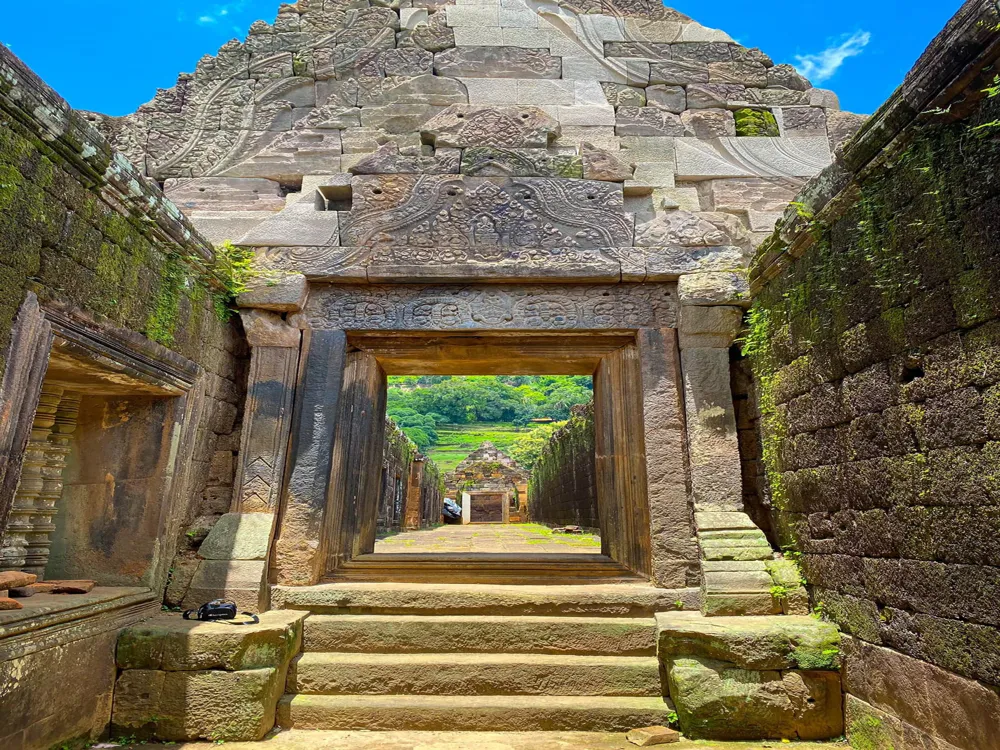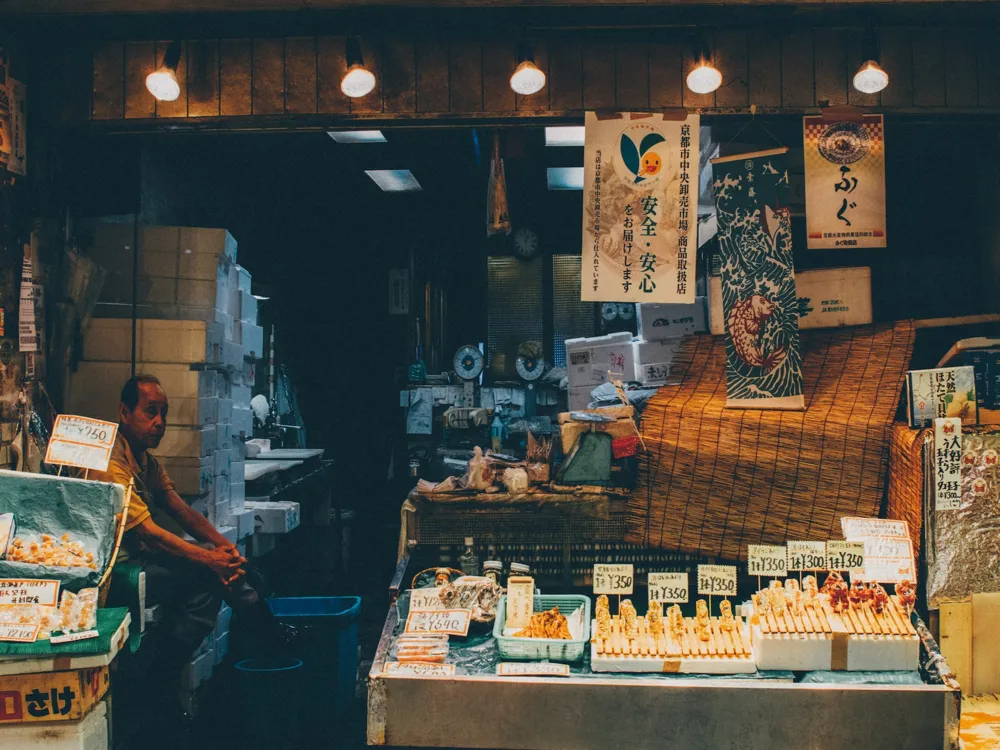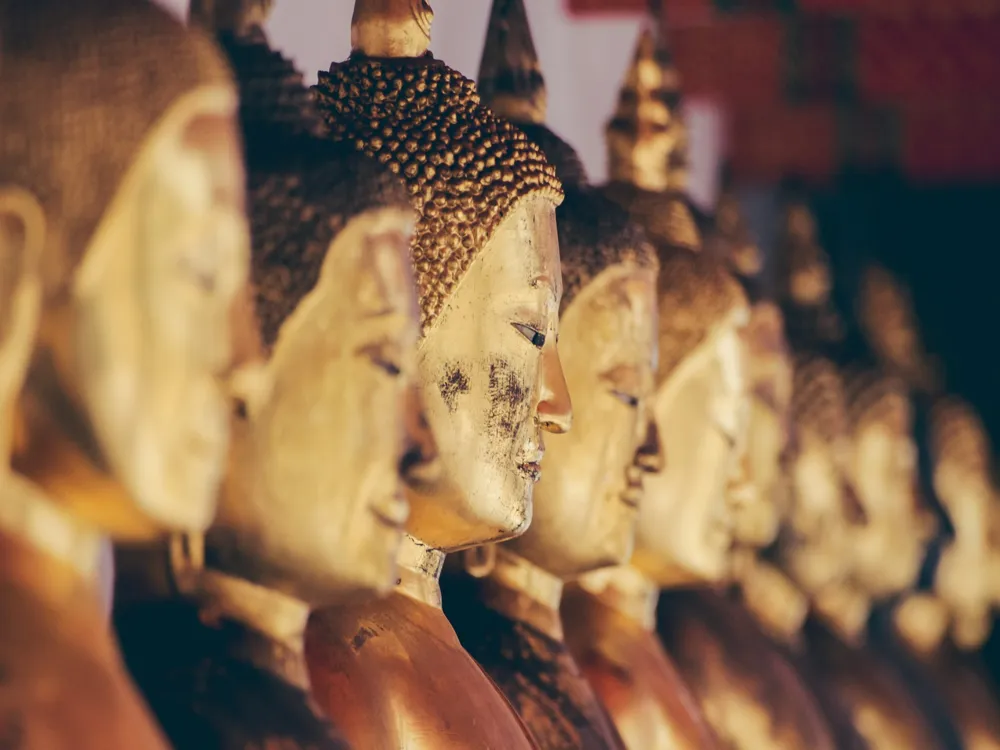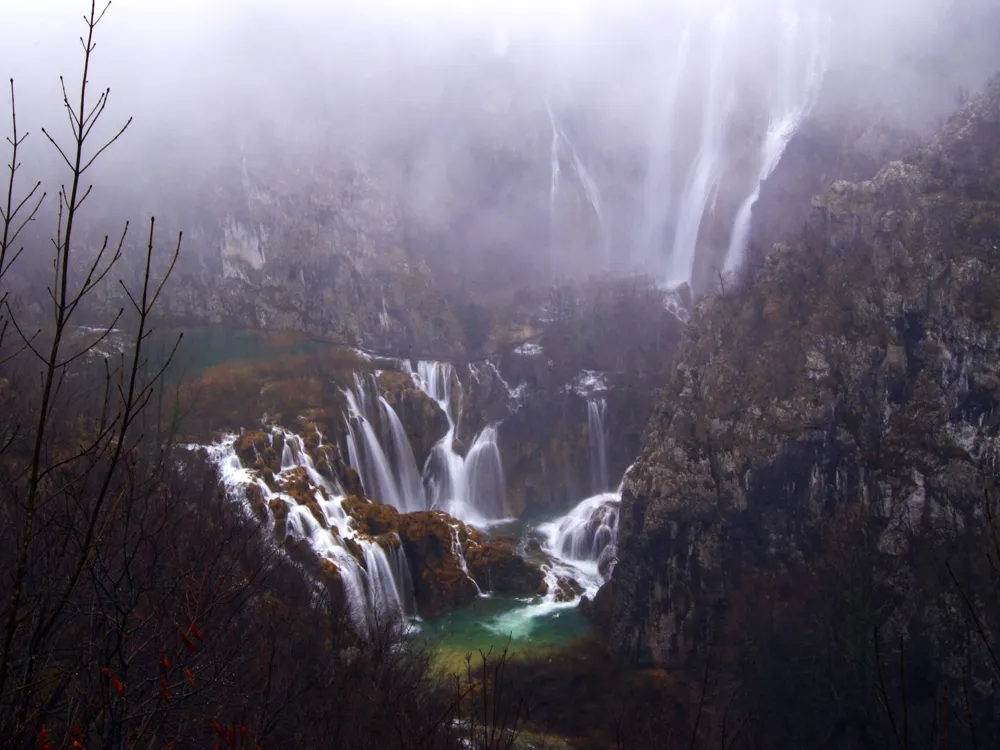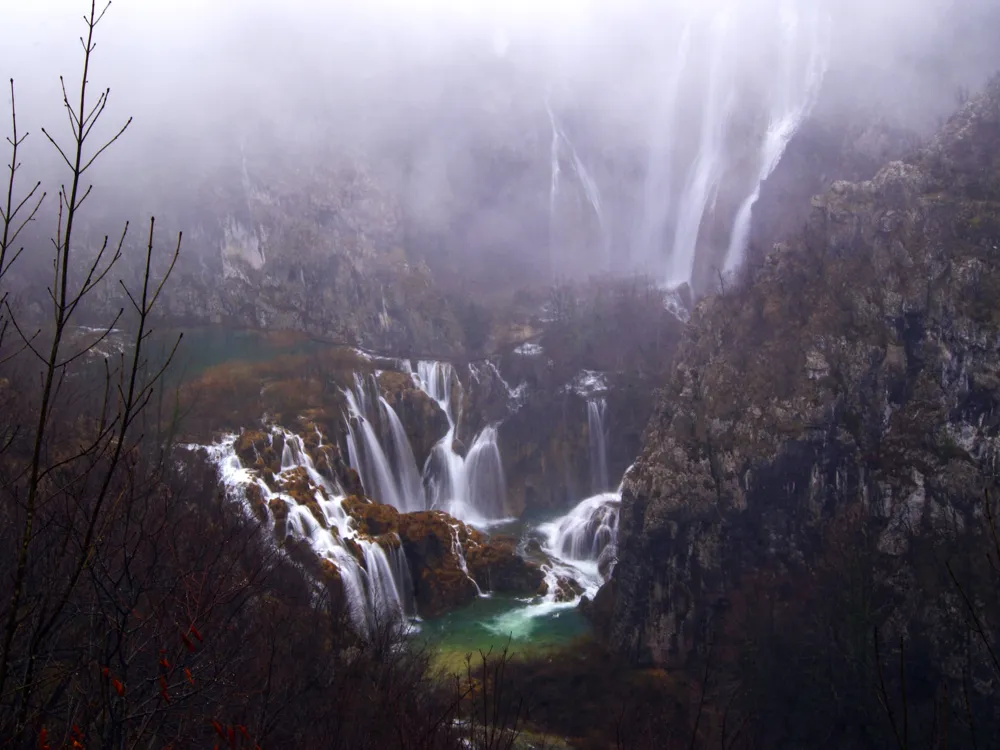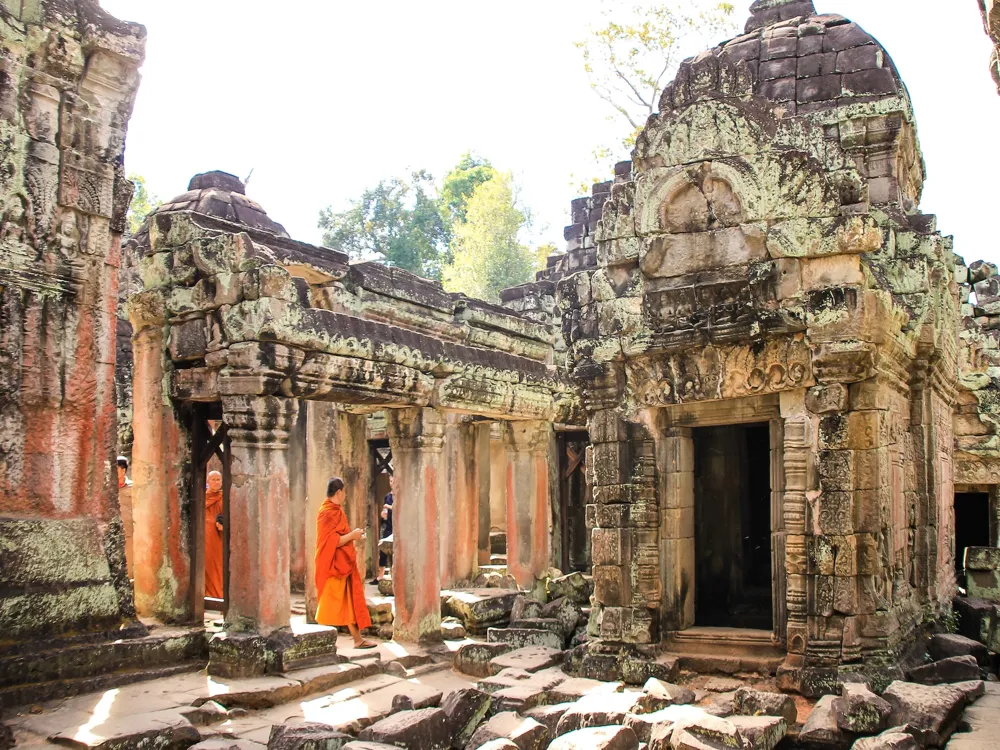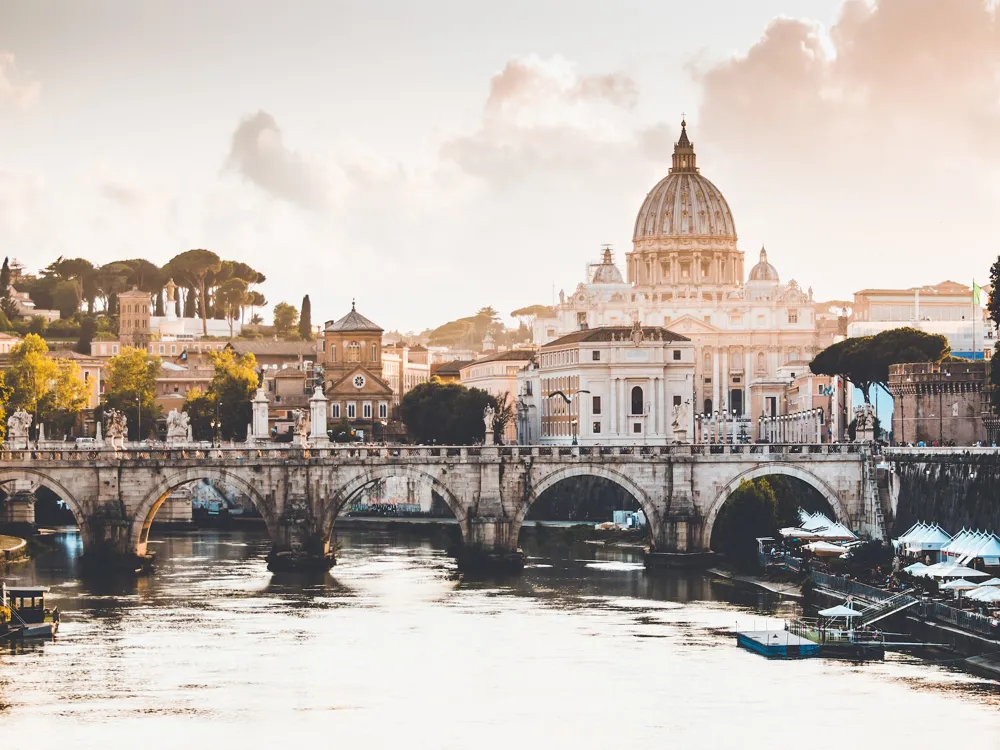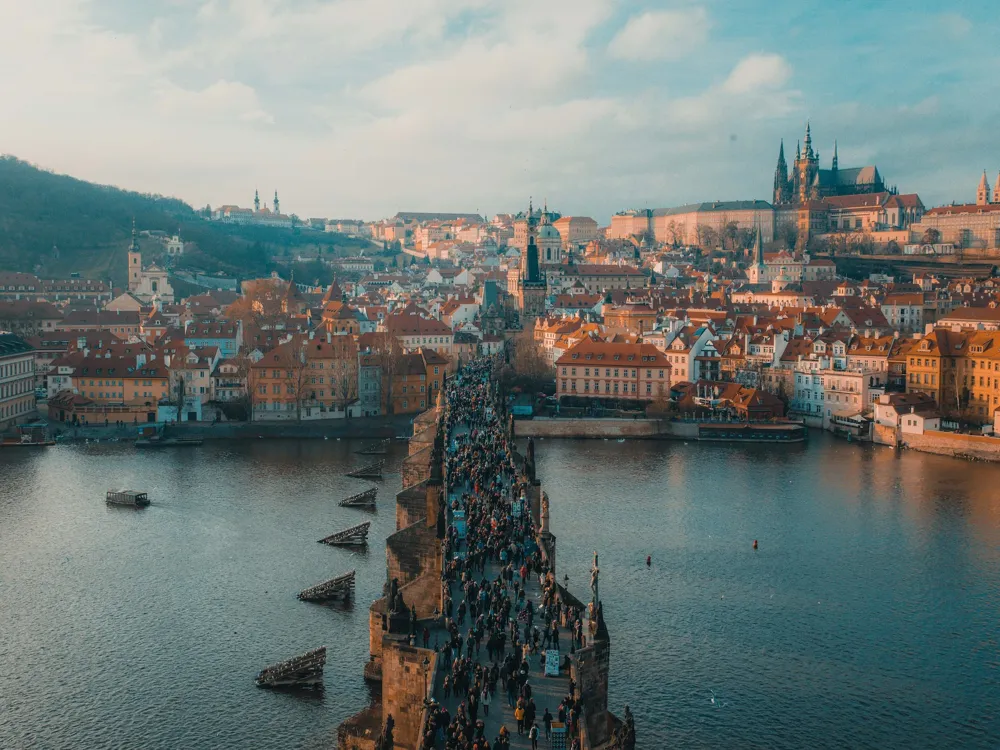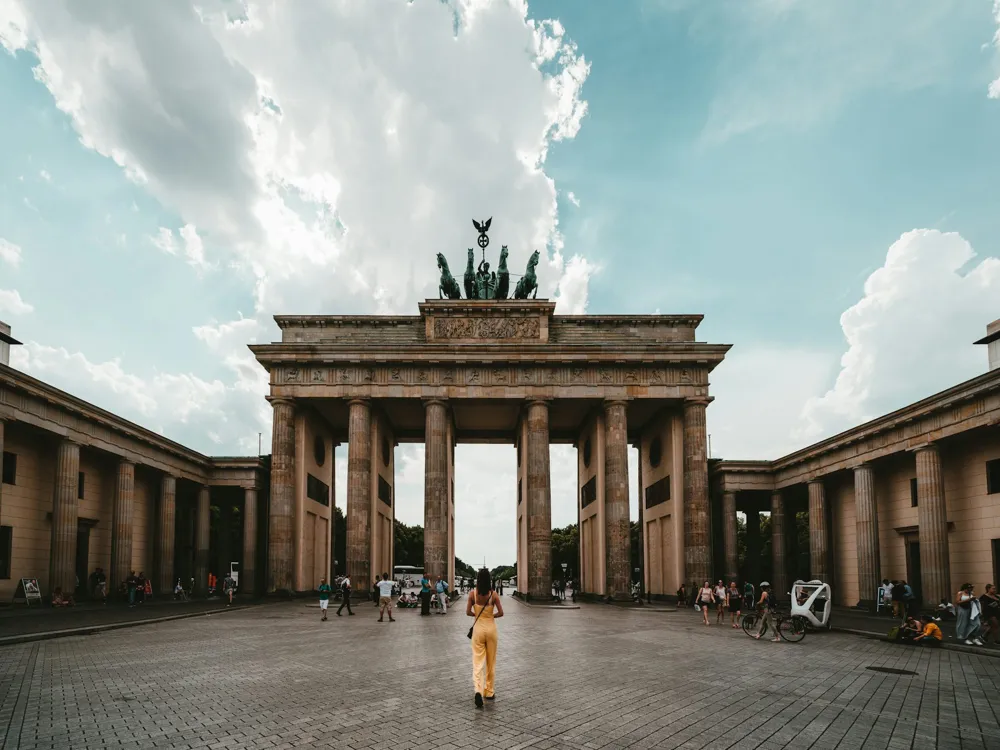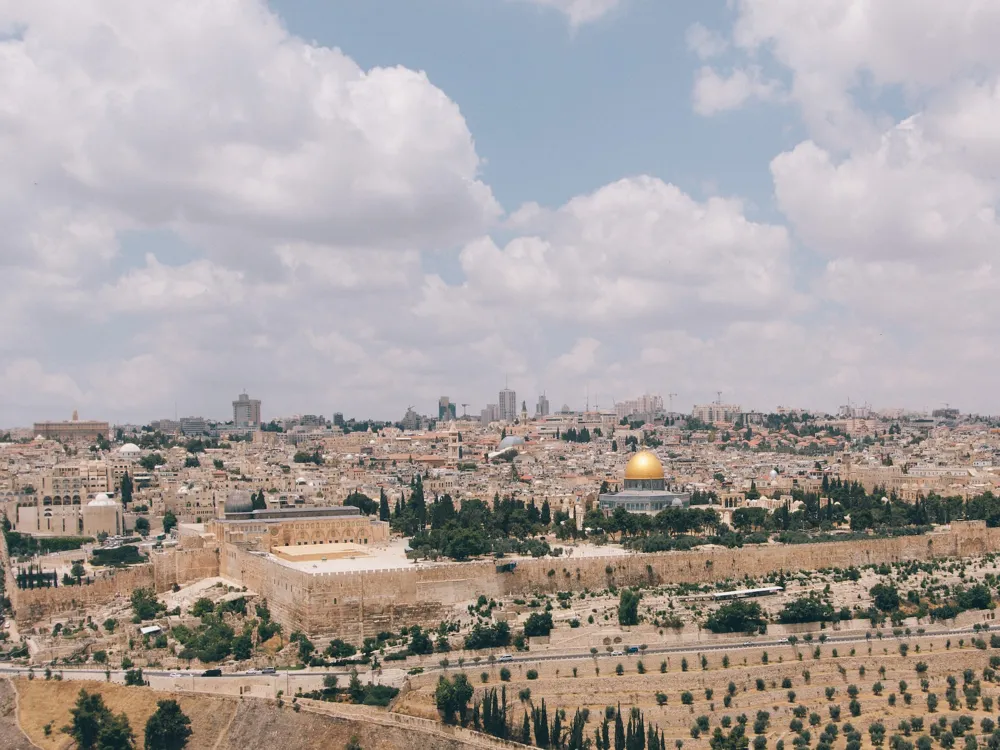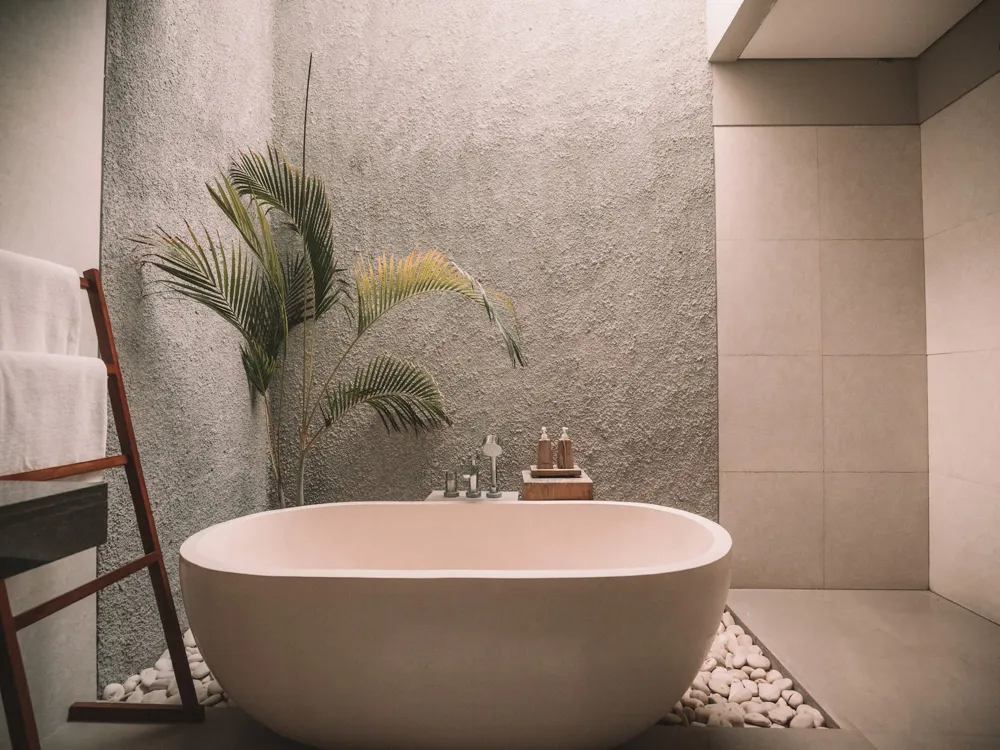Plan Your Travel To Champasak
Champasak Travel Essentials
Rating:
Weather:
Ideal duration: 2-3 Days
Best Time: October - February Read More
Planning a Trip? Ask Your Question
Also Refered As:Champasack
Places To Visit In Champasak
View All Places To Visit In Champasak"UNESCO heritage Angkor temples, Waterfalls and Islands on the Mekong "
Champasak Tourism
Nestled in the heart of southern Laos, Champasak stands as a hidden gem waiting to be explored. With its rich cultural tapestry and breathtaking landscapes, this province offers a unique blend of history and natural beauty. From ancient temples to the serene Mekong River, Champasak captivates the hearts of travellers seeking an authentic and immersive experience.Champasak is a province in southern Laos known for its cultural and historical significance, as well as its natural beauty.
Champasack lies to the southwest and is one of the main political and profitable centres of Lao PDR. The capital municipality, Pakse, is located at the confluence of the Mekong and the Sedon Rivers.
In this terrain, you will find ancient temples that were built by the Angkor people who settled in Cambodia. There are multitudinous different minorities in Champasack who have their own language, culture, and societies.
Champasack Province is known for its relaxed pace of life, warm hospitality, and rich cultural, major, and natural heritage. The terrain has been ruled by various businesses through the ages, and now there are multitudinous archaeological remains scattered throughout the terrain. To the south of Pakse is the Wat Phou Temple Complex, a UNESCO World Heritage Site. Lodestones also include the Ancient City, major social structures, and Done Daeng Island, known for its traditional livelihoods and forested trails. In the southern region of the terrain are Done Khong and the Four Thousand Islands, or Si Phan Done in Lao. On this stretch of the Mekong is the largest waterfall by volume in Southeast Asia, Khone Phapheng, as well as Li Phi waterfall, noted for its cascading emerald green waters. The exposed freshwater Irrawaddy dolphins inhabit the Mekong near the Lao-Cambodia border and can be observed from locally chartered boats.
The Xe Pian National Protected Area covers 2,400 square kilometres in the terrain’s southeastern region and is rich in biodiversity of global significance. Xe Pian’s dry deciduous timber and wetlands are home to tigers, Asian monsters, white-chipped gibbons, green peafowl, and giant ibis. Established ecotourism openings include giant riding, jeep watching, touring, and village homestays.
In the northeastern region of the terrain, rising over 1,500 metres above ocean level, are the rich, stormy soils and cool climate of the Bolaven Plateau. This area produces some of the finest Arabica coffees in the world, which can be bought directly from the original growers. The shifting Tad Fane Waterfall, located on the edge of Dong Houa Sao National Protected Area, cascades over 100 metres off the table. In Bachieng Chaleunsouk quarter, the graphic Pa Suam falls are easily reached by road from Pakse.
Located in the northern corner of the terrain are the Phou Xieng Thong National Protected Area and Khong Mountain, known for its locally guided tours through an orchid conservation area to Hin Khong, or 'Fish Basket Rock,' which overlooks Ubon Province in Thailand. Just north of Pakse is Done Kho Island, the original French social capital of Champasack Province and a well-known patron of Lao fabrics. Other points of interest in northern Champasack are the Buddhist temples and traditional Southern Lao homes in Ban Saphai, as well as the sacred temple, Wat Pho Sayalam, in Ban Vernxay.
Champasak Travel Packages
View All Packages For Champasak
Must Know Before You Travel to Champasak
What sets Champasak apart?
- Cultural Marvels: Laos Tour Packages Immerse yourself in the UNESCO World Heritage Site of Wat Phu, an ancient Khmer temple complex.
- Scenic Landscapes: Traverse the lush Bolaven Plateau, famous for its coffee plantations and stunning waterfalls.
- Mekong Magic: Cruise along the Mekong River, discovering remote villages and the mesmerising Si Phan Don, the "Four Thousand Islands."
Essential Tips for Your Journey
- Visa Requirements: Ensure you have the necessary visas for Laos.
- Local Currency: The official currency is the Laotian Kip—be sure to have cash on hand.
- Climate Considerations: Pack accordingly, as Champasak experiences a tropical climate.
Top Hotels In Champasak
View All Hotels In Champasak
More on Champasak Travel
Nightlife in Champasak
As the sun sets, Champasak comes alive with a modest yet vibrant nightlife. Enjoy riverside bars and local gatherings, offering an authentic taste of Laotian evenings.
Shopping in Champasak
Explore local markets brimming with handcrafted souvenirs, traditional textiles, and unique artefacts. Support local artisans and take home a piece of Champasak's charm.
Exchanging Money in Champasak
Conveniently exchange your currency at authorised banks or exchange offices. ATMs are also available in major towns for added ease.
Daily Budget for Champasak
Experience Champasak without breaking the bank. On average, a budget of $30–$50 per day covers accommodation, meals, and local transportation.
History of Champasak
Delve into the province's storied past, witnessing the influences of the Khmer Empire and the French colonial era. Historical sites abound, revealing the layers of Champasak's captivating narrative.
Nearby Places Champasak
Browse Package Collections
Browse Hotel Collections
Champasak Photos
View All Photos For ChampasakFAQs on Champasak
Is Champasak a Safe Destination for Travel?
Champasak is generally considered safe for travelers. Exercise standard precautions, be aware of your surroundings, and respect local customs to ensure a secure and enjoyable visit.
What's the Best Time to Visit Champasak?
What's the Best Time to Visit Champasak?
How Can I Get to Champasak from the Nearest Airport?
The Pakse International Airport (PKZ) is the nearest airport to Champasak. From Pakse, you can hire a taxi or use local transportation options to reach Champasak, which is approximately a one-hour drive away.
What Cultural Etiquette Should I Be Aware of in Champasak?
Respect for local customs is crucial. When visiting temples, cover your shoulders and knees. Removing your shoes before entering someone's home is a common practice, showcasing politeness and cultural awareness.
Are There Vegetarian-Friendly Options in Champasak?
While Lao cuisine heavily features meat, many local restaurants in Champasak offer vegetarian dishes. Communicate your dietary preferences clearly, and you'll find a variety of flavorful plant-based options.

